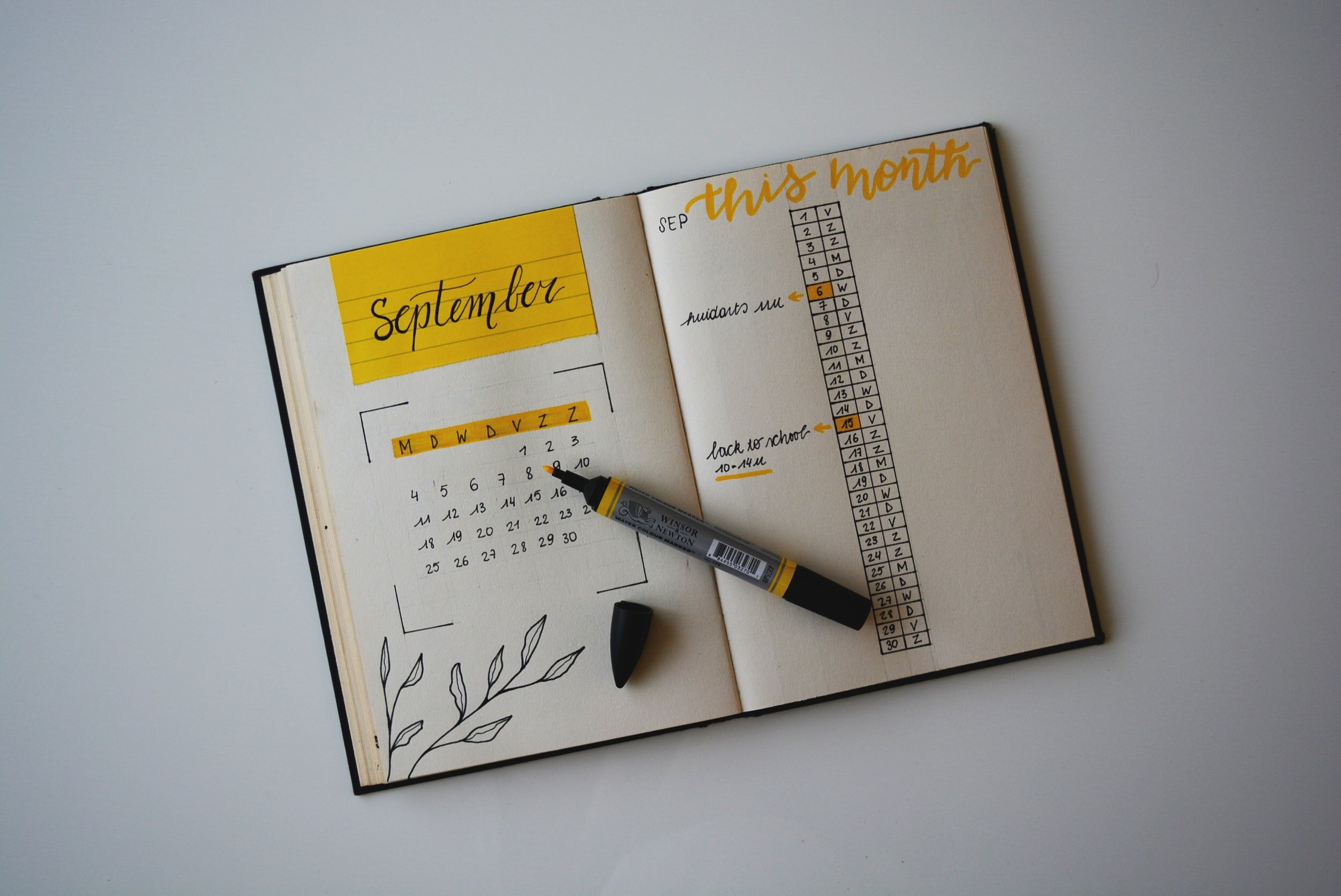Back to School Checklists
Free Back to School Checklists for you!
Each year we build out our back to school supports
This year we are partnering with Bright Lights Psychology to bring you some back-to-school checklists.
Letter Sounds Checklist
If you are observing resistance to reading at any age, review these pre-reading/phonetic activities to find out where the struggles are to help you understand your child better and as a starting point for seeking supports for them. Download this free checklist we created in partnership with Bright Lights Psychology.
Reading Activities
Use these reading activities to check in with your child and help to develop these skills.
Executive Functioning Checklist
Does your child misplace papers and school materials? Do they struggle to start their school work or know to focus on the biggest priority or task?
Well as you know these things impact them and they are called executive functioning skills. Use this checklist to find out more about this:
The Backpack Map
Use this method to help your child stay organized this school year.
We will be adding more to the Road to Reading Roadmap soon!








































